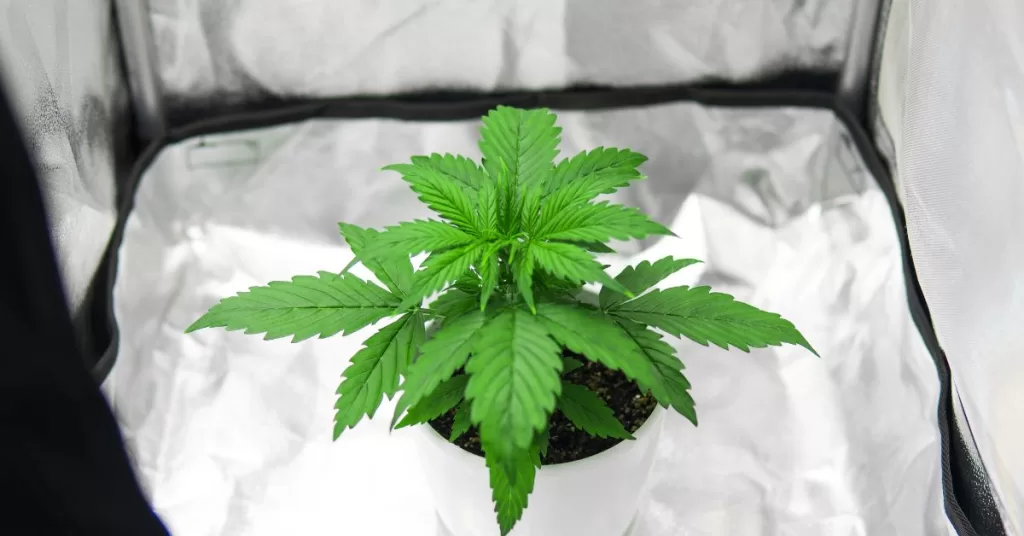Indoor gardening has become increasingly popular among growers, and creating a suitable environment for plants is crucial for successful cultivation.
One of the key elements in indoor gardening is the use of grow tents. These structures provide a controlled environment, allowing growers to optimize conditions for plant growth.
But why exactly is DIY Grow Tent cultivation taking the marijuana world by storm? Let’s delve into the specifics.
Table of Contents
Benefits of a DIY Grow Tent
You see, with a DIY grow tent, you’re in complete control. You decide what goes into your plant, how it’s grown, and ultimately the quality of your harvest.
It’s also much more cost-effective compared to buying cannabis from the market. Plus, it’s a lot of fun and quite the satisfying venture to embark upon. Now, are you excited to build your DIY grow tent?
How to Make a DIY Grow Tent
Building a DIY grow tent might seem intimidating at first. But trust me, it’s simpler than you might think. You just need a game plan and the right materials. So, let’s get started, shall we?
Selection of Suitable Location
First things first, location, location, location. Yes, just like in real estate, your grow tent’s location matters. You’ll need a location that has ample space, easy access to electricity, and enough ventilation.
DIY Grow Tent Materials Required
Once you’ve secured a suitable location, it’s time to gather your materials. You will need reflective material for the inside, sturdy material for the frame, a fan, lights, a timer, and a zip or some other form of seal for the opening.
Step-by-step Instructions
- First, construct your frame using the sturdy material. Some popular options include PVC pipes, metal frames, or wooden dowels.
- Line the inside of the frame with your reflective material.
- Set up your fan for ventilation.
- Install your lights and connect them to the timer.
- Finally, attach your zip or other seal to the opening.
Voila! Your DIY grow tent is ready.
Grow Tent Materials
Quality materials are not an area where you want to cut corners. Your cannabis plants need a carefully controlled environment to thrive, and quality DIY grow tent materials will provide that.
DIY Grow Tent Materials for Lighting
Black and White Poly
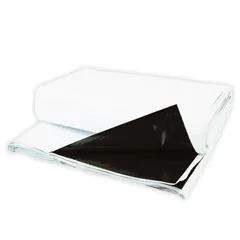
Black and white polyethylene (poly) is a popular material used for DIY grow tents. The black side of the poly helps prevent light leaks, while the white side reflects light back onto the plants. This material is lightweight, durable, and offers excellent light diffusion, enhancing plant growth and preventing hotspots.
Diamond Foil
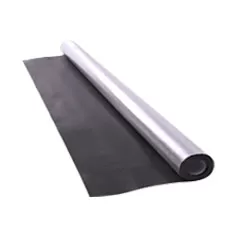
Diamond foil is a highly reflective material commonly used as a lining for grow tents. Its unique diamond pattern reflects light in multiple directions, maximizing light distribution within the tent. This helps ensure all plants receive sufficient light for optimal growth and can lead to increased yields.
Grow Tent Canvas
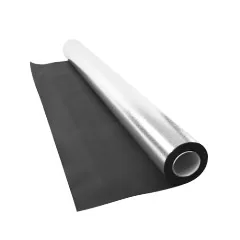
Grow tent canvas is a heavy-duty fabric specifically designed for constructing grow tents. It is typically lightproof, tear-resistant, and easy to clean. This material provides a sturdy structure and maintains a controlled environment inside the tent.
IR Blocker
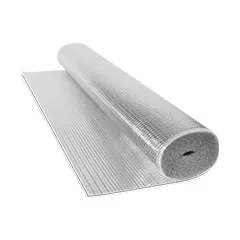
Infrared (IR) blocker materials help regulate temperature and prevent excessive heat buildup inside the grow tent. They effectively reflect infrared radiation, reducing the heat absorption by the tent walls. This helps maintain a suitable temperature range for plant growth.
Reflector Mylar
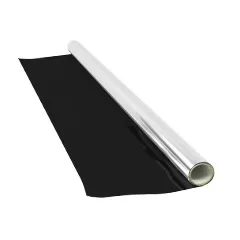
Reflective mylar sheets are widely used to line the inner walls of grow tents. They reflect light back onto the plants, maximizing the utilization of available light. Reflector mylar can significantly increase the light intensity within the tent, leading to improved photosynthesis and higher yields.
DIY Grow Tent Materials for Ventilation
Without adequate ventilation, plants may struggle with poor growth, disease, and pests. Good ventilation also helps to control the odor produced by flowering cannabis plants and these DIY Grow tent materials can help you with that.
Fans
Fans play a vital role in ventilating your grow tent. Inline fans are ideal for ventilation as they help draw fresh air into your grow tent and expel stale air.
Ducting
Ducting is used to channel air in and out of your grow tent. Flexible ducting is commonly used due to its ease of installation and versatility.
Filters
Filters, specifically carbon filters, help to remove any odors from the air expelled from your grow tent. This is especially crucial when growing aromatic plants like cannabis.
Step-by-step Guide to Setting Up Ventilation in Your DIY Grow Tent
Here’s a simple guide to setting up ventilation in your DIY grow tent.
Positioning Your Fan
Start by installing your inline fan. It should ideally be placed near the top of your grow tent, where it can effectively draw out hot air.
Installing Your Ducting
Next, connect your ducting to your fan. One end should be inside the tent, and the other should lead outside, allowing for efficient air exchange.
Placing Your Filters
Attach your carbon filter to the inside end of your ducting. This will filter out odors as air is expelled from your tent.
DIY Tent Materials for Humidity and Temperature Control
Cannabis plants are sensitive to their environment. If the conditions are not right, it can lead to slow growth, disease, and even plant death. So, it’s vital to control these aspects to ensure your cannabis plants thrive.
Let’s explore some of the various DIY materials available that help you control temperature and humidity effectively.
Thermometers and Hygrometers
To start with, you need to be able to measure the temperature and humidity levels in your grow tent accurately. For this, a good quality thermometer and hygrometer are invaluable tools. These devices allow you to monitor the environment and make adjustments as needed.
Heaters and Air Conditioners
Heaters and air conditioners give you control over the temperature within your grow tent. During colder months, a heater can help keep your plants warm, while an air conditioner can cool things down during warmer months.
Humidifiers and Dehumidifiers
To control humidity, consider using a humidifier or a dehumidifier. A humidifier adds moisture to the air, which can be beneficial during drier periods. On the other hand, a dehumidifier removes excess moisture from the air, helping to prevent problems such as mold or mildew.
Fans and Ventilation Systems
Lastly, fans and ventilation systems help circulate air within your grow tent, helping maintain the right temperature and humidity levels. They also ensure that fresh, CO2-rich air is always available for your plants, which is essential for their growth.
How to Line Your DIY Grow Tent with Mylar
Lining your grow tent with mylar is a simple process. Measure the interior dimensions of your tent and cut the mylar sheets accordingly. Using adhesive or tape, attach the mylar sheets to the inner walls of the tent, ensuring a smooth and wrinkle-free surface. The reflective properties of mylar will enhance light distribution and promote uniform plant growth.
FAQ:
What material is used for grow tents?
Grow tents are commonly made of materials such as black and white poly, diamond foil, grow tent canvas, and reflective mylar.
Do grow tents increase cannabis yield?
Yes, grow tents help create a controlled environment for plants, optimizing factors such as light, temperature, and humidity. This can lead to increased yields compared to growing plants in uncontrolled conditions.
Can I use mirrors in my grow room?
Mirrors are not recommended in grow rooms or tents as they can create hotspots and uneven light distribution. It is better to use reflective materials specifically designed for horticultural applications, such as reflective mylar.
What is the ideal temperature for my DIY tent?
The ideal temperature range for most plants in a grow tent is between 70°F and 85°F (21°C and 29°C). However, it is crucial to monitor and control temperature to avoid exceeding the upper limit, as excessive heat can negatively impact plant health.
Parting Remarks on DIY Grow Tents
DIY grow tents offer a cost-effective and customizable solution for indoor growers.
By utilizing affordable materials and following simple construction techniques, growers can create their own grow tents tailored to their specific needs.
Whether you opt for black and white poly, diamond foil, or reflective mylar, these materials contribute to maintaining a controlled environment and optimizing plant growth.
Embark on your DIY grow tent journey and unlock the potential for successful indoor gardening.
